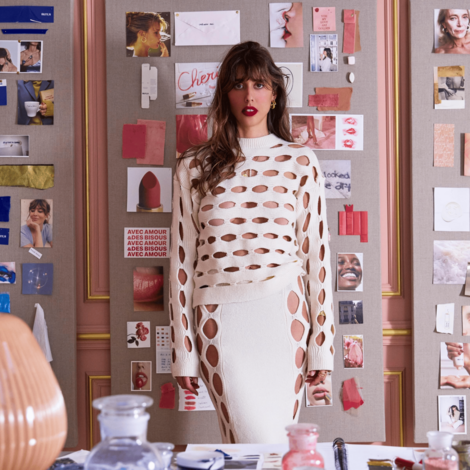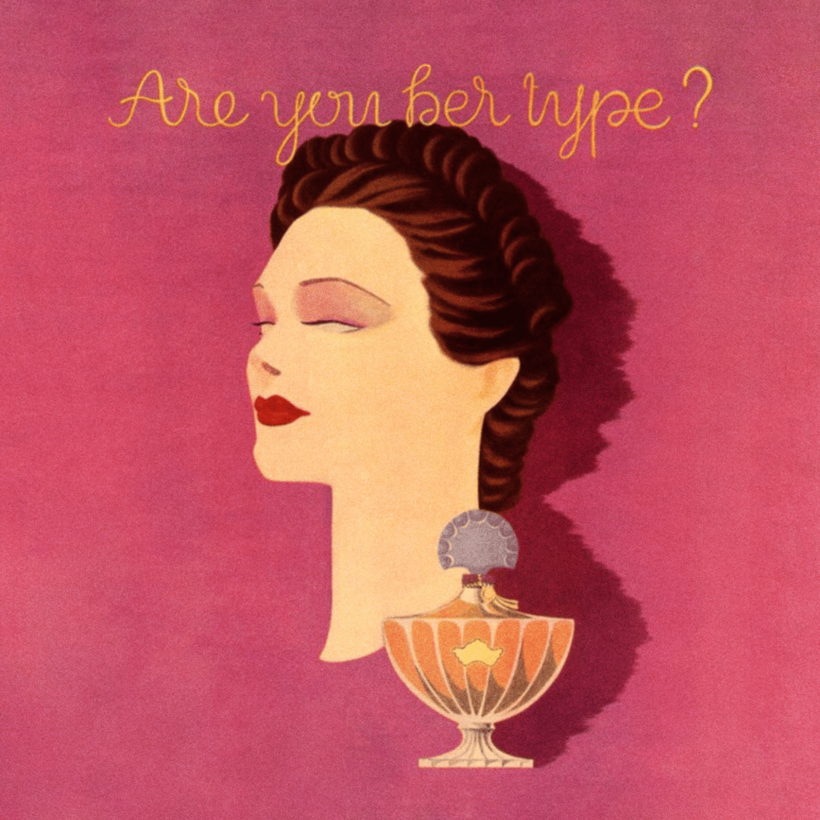The bottle was on my mother’s dressing table, multiplied by three in the reflection of a trifold mirror. It fascinated me. The honey gold liquid, the blue crystal stopper in the shape of a fan. I was forbidden to touch it, but I knew what it contained: Guerlain Shalimar, the perfume my mother wore on special occasions that smelled like velvet and vanilla and places I had never seen. It signified mystery and grown-up glamour, and even though my age was still single digits, it stirred in me an inchoate desire to live the sort of worldly, textured life worthy of such a scent. I just needed to get out of Kansas first.
Shalimar’s story is steeped in stardust and myth. Jacques Guerlain conceived the fragrance as an ode to one of history’s most enduring love stories: that of 17th-century Mughal emperor, Shah Jahan, who memorialized his beloved wife Mumtaz Mahal by building the shimmering white Taj Mahal and creating a royal pleasure garden in her honor called Shalimar.
The shape of the perfume’s swoopy pedestal flacon, designed by Raymond Guerlain and produced by Baccarat, was inspired by that garden’s fountains—and when the bottle made its debut at the 1925 Exposition Internationale des Arts Décoritifs (the same great Paris exhibition that gave the world art deco), it won first prize.
Shalimar, now celebrated as the first-ever vanilla amber, was revelatory: it radiated freshness, thanks to an opening whoosh of bergamot and lemon, but unfolded in a complex striptease of plush florals, resins, and animalic musks. The effect was both irresistibly seductive and imperiously elegant (it may offer a glimpse of heaving cleavage, but the opera gloves stay on). Even Chanel No. 5 perfumer Ernest Beaux admitted comeuppance, saying: “When I do vanilla I get crème anglaise; when Guerlain does it he gets Shalimar.”
Shalimar arrived in the U.S. via a transatlantic ocean liner called the SS Paris, not long after it was created, a stowaway on the pulse-points of Jacques Guerlain’s fashionable wife, Lili. Again, there is a legend: Lili was wearing only a lab sample of the not-yet-commercially-available scent, but her hypnotic sillage captivated everyone on board the ship, and by the time it made port in New York, the beau monde’s most influential belles were demanding a bottle.
This proved to be only the first wave of its incursion into the States. After WWII, soldiers brought Shalimar from Paris for their wives and mothers. The scent became a fixture on the vanities of American women, including my mother’s, throughout the 20th century—a paragon of Parisian je ne sais quoi, devalued in no way by being available at Macy’s.
When you revisit Shalimar now—as it celebrates its centenary this year, I urge you to do so—you may be surprised. This is not a vintage-smelling perfume. It is bold and modern and intoxicating. Now that we are immersed in a miasma of vanilla perfumes so sweet we’re practically sticking to the floors and walls, encountering the OG is especially eye-opening.
You know when you’re told that vanilla is considered an aphrodisiac, and you think… huh? Cookies? Shalimar is surely where that notion originated. The vanilla—technically ethyl vanillin, which was a new-fangled synthetic in 1925 when Jacques Guerlain decided to decant an overdose into his creation—is voluptuous, creamy, and round. It does not whiff of cakeshop gourmand, in part because it is counterbalanced so beautifully by the citrus and sandalwood, which somehow—and herein lies the art of the composition—make the whole thing glow. The perfume dances with inner light.
To mark Shalimar’s big birthday, Guerlain has launched a new version, L’Essence, created by perfumer Delphine Jelk, which amplifies the vanilla even more. “At the time of its creation, the amount of vanilla in Shalimar was perceived as generous,” Jelk says. “Today, fragrance lovers are much more accustomed to and fond of overdoses of vanilla.” So, she really went for it: adding lavish amounts of natural Madagascar vanilla in addition to the original formula’s ethyl vanillin. L’Essence is a vanilla bomb—but this is Guerlain, so it comes across as a thing of beauty, not an eau de dessert. Personally, I still prefer the original, which is being offered in a limited-edition 1.5-liter size (a mere $5,000) for the occasion. Glug glug!
That gigantic bottle, like every bottle of Shalimar, holds something more than perfume: it is a sort of liquid magic aswirl with 100 years of memories, dreams, and desires. It is an emblem, an icon—something greater than the sum of its parts. “Shalimar is a state of mind passed down from one generation to another,” says Ann-Caroline Prazan, Guerlain’s Head of Art, Culture, and Patrimony. “When you wear Shalimar, you feel daring, self-confident, and sensual. It is your best friend when you want to feel strong. This is why it is more than just a good smell—it is a secret weapon, an emotion.”
For me, Shalimar will always represent my first glimpse of the talismanic power of perfume—its ability to summon and suggest, to conjure fantasies of lives not yet lived. Does my adult experience measure up to the glamorous visions that Shalimar conjured in my 7-year-old mind? Sometimes. Definitely not always. But when it doesn’t, I know I’ve got the juice to convince the world otherwise.
From November 5-20, 2025, the Waldorf Astoria New York will host a 30-minute guided experience called Shalimar: 100 Years of Lovethat traces the fragrance’s history. Visit guerlain.com for more information
April Long is a New York–based writer and contributing beauty editor at Town & Country





